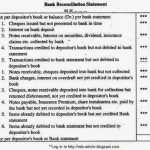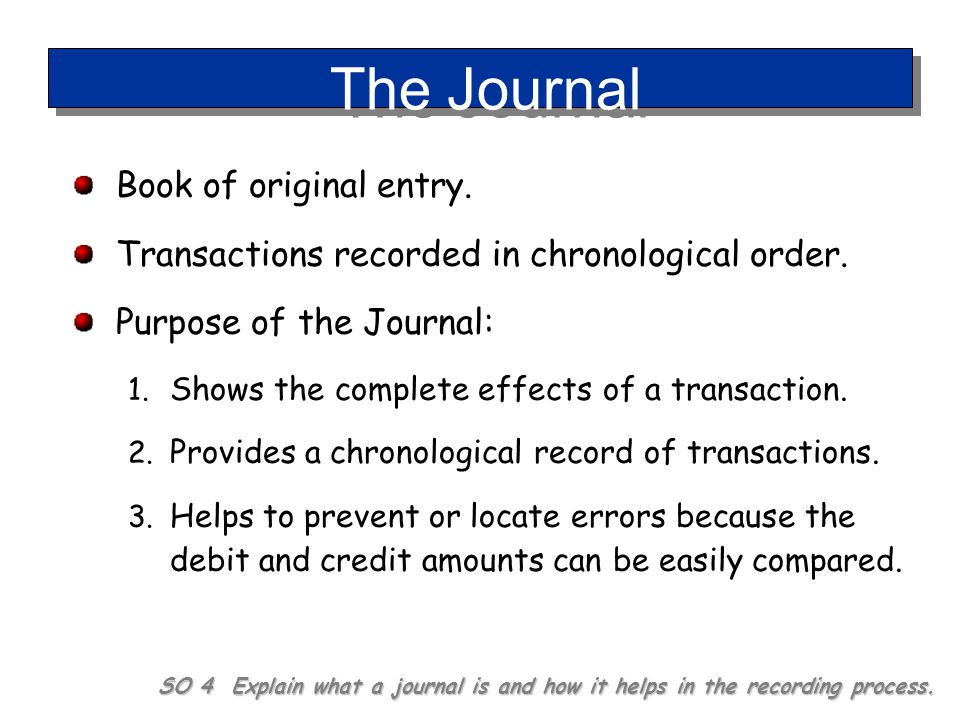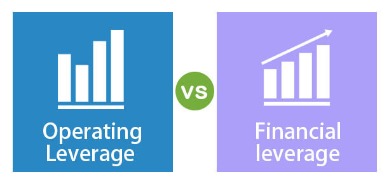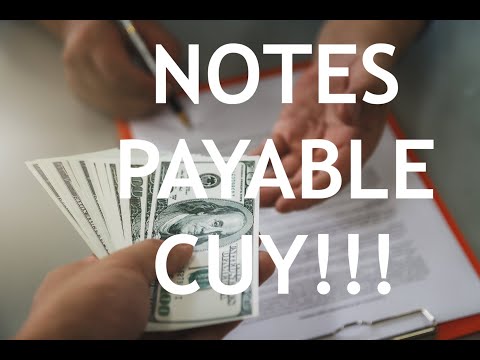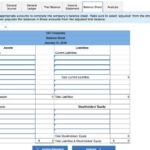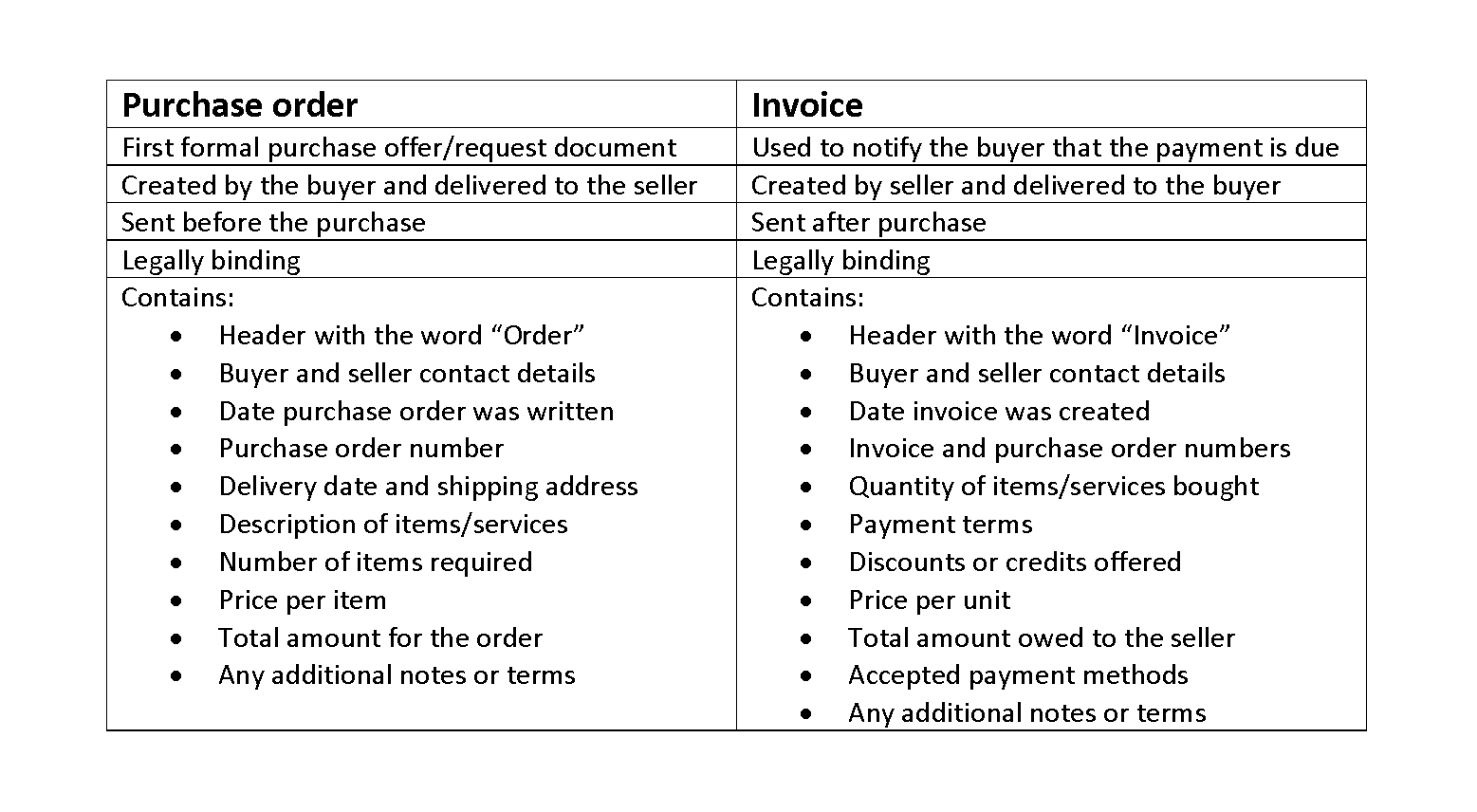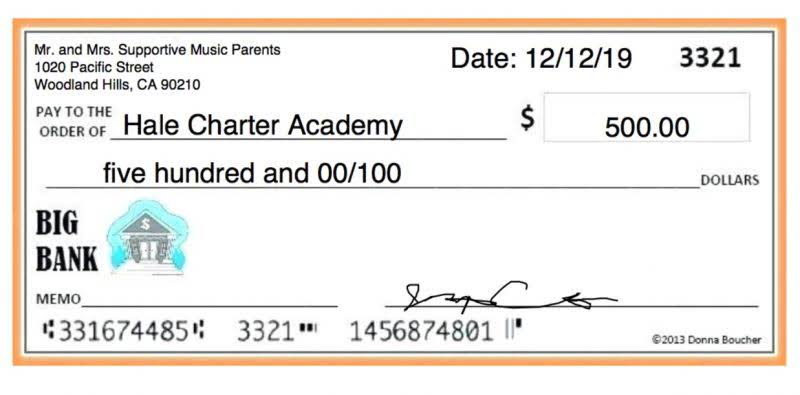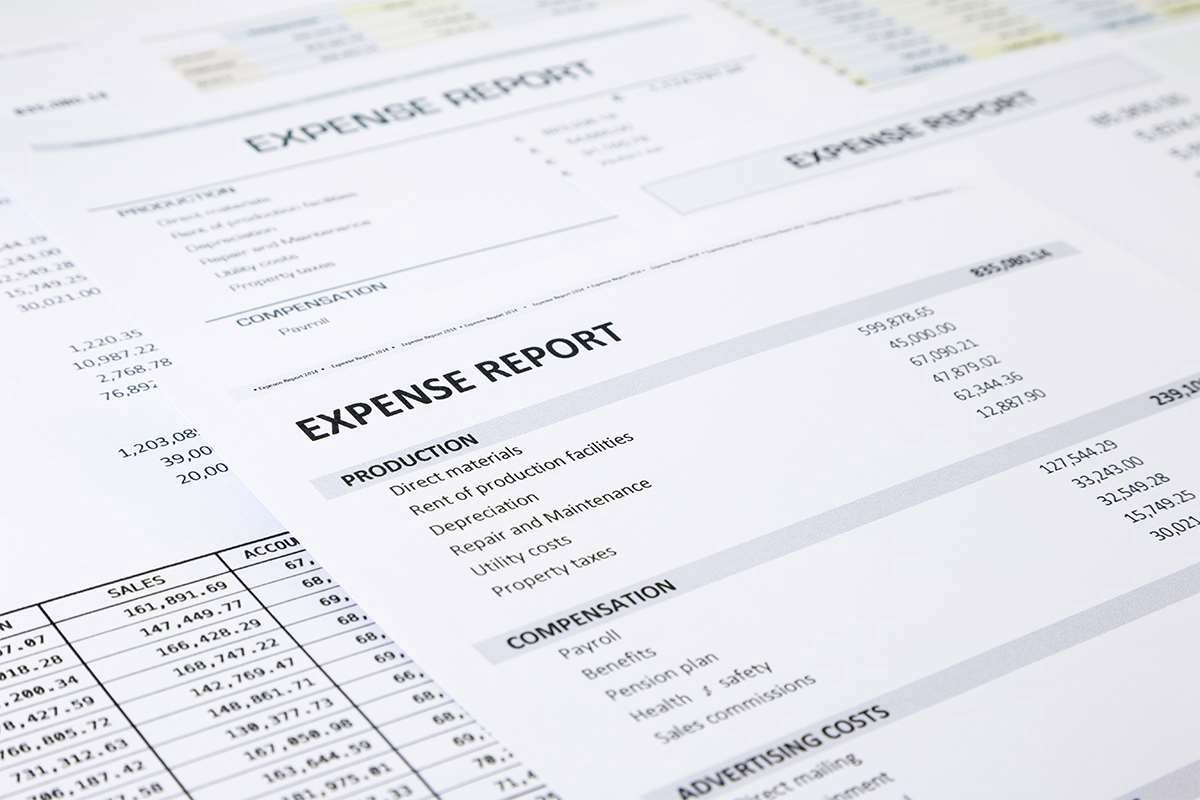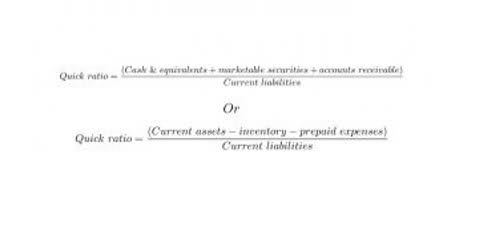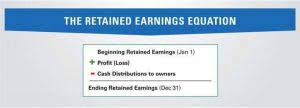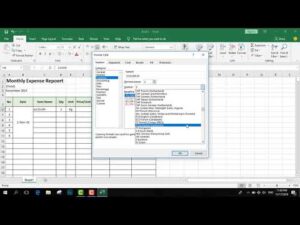
It supports paperless expense tracking by scanning receipts and auto-filling free online bookkeeping course and training claims from the scanned copy. With Xero, admins can review and approve expense claims submitted by employees. Xero automatically gets hourly currency conversion rates to provide real-time insights into gains and losses.
After you start a free 30-day trial of Xero, you’ll activate the account and provide details about your business. Then, you can connect your bank accounts to Xero and decide if you’ll accept electronic payments for online invoices. To accept payments from their clients, Xero allows businesses to connect to payment services without any monthly subscription. Clients can make online payments using debit cards, direct debit using GoCardless, credit cards, and Apple Pay or Google Pay using Stripe. Users can stay worry-free as Xero uses encryption and strong security measures to protect against fraud.
Simplify tax time
Use Xero accounting software to hop online with your employees, bookkeeper, or accountant – even if you’re on opposite sides of the world. Manage your finances, control cash flow and integrate with apps. Explore Xero accounting software and its tools for small businesses, accountants, and bookkeepers. As the industry standard, QuickBooks Online is ideal if you have a growing business with specific accounting needs — as long as you don’t mind taking the time to learn the program’s ins and outs. When reconciling books, Xero suggests likely matches between bank statement lines and transactions entered in the software. For example, if you have an entry for an invoice of $1,000 and a recent $1,000 deposit in your bank account, it might suggest matching these two transactions.
- This feature makes international transactions easy by allowing businesses to send invoices, quotes, and purchase orders in over 160 currencies.
- We recommend working with an accountant or bookkeeper, preferably one with Xero experience, when you make the move to Xero online accounting software.
- The Xero Accounting mobile app works in tandem with the Xero accounting software so you can run your small business online from anywhere.
- We encourage you to research and compare multiple accounting software products before choosing one.
- Use Xero to work with your employees, bookkeeper, or accountant online, even if you’re on opposite sides of the world.
Accounting software that connects to your bank
Access Xero features for 30 days, then decide which plan best suits your business. All pricing plans cover the accounting essentials, with room to grow. View the money coming in and out of your small business from the accounting app dashboard. Wave is a solid choice for small businesses looking for free accounting software. Xero doesn’t provide a phone number on its customer support page, but a representative will call you if necessary. This is a serious drawback if you want to be able to pick up the phone and talk through an issue or are new to accounting software and have lots of questions.

Xero Accounting Review: Features, Benefits, Pricing, and Cons
Click the “OK” icon between the two to verify the match is correct. We believe everyone should be able to make financial decisions with confidence. Easily sync your bank with your financials in Xero online accounting. Sync Xero with software you already love or easily find and try new apps designed to save your business time and money at the Xero App Store. Discover seamless app integrations for efficient accounting with Xero’s comprehensive accounting software. Zoho Books’ paid plans all come with free live chat and phone support.
Check out the Xero App Store to find, demo, and buy business apps that connect to Xero. Apps like Stripe, GoCardless, Vend, and Shopify connect seamlessly and sync your data with Xero to make it easier to run your business. Xero’s bank feed securely imports your transactions into the Xero accounting software each business day. Create, edit and send invoices as soon as the job is done directly from the mobile app.
If the banks or financial institutions do not connect to Xero, users do sole proprietors have double taxation can manually import bank statements for reconciliation. Xero uses rules to match bank statements to invoices or bill payments. Bulk sorting and grouping of transactions before reconciliation and receiving alerts for suggested matches are also possible on Xero. Xero Expenses feature allows businesses to track and claim their expenses.
You can upgrade or downgrade your plan or cancel your subscription at any time with one month’s notice. With your accounting software and data stored online in the cloud, you can access your up-to-date accounts anywhere there’s an internet connection. Your Xero data is backed up regularly and protected with multiple layers of security. Xero is an accounting application with an easy-to-use user interface. services Xero users benefit from streamlined invoicing and payment processing, which makes managing their payments easy. They can create and send invoices and track payment status from the same platform.
For unlimited invoicing and bill-paying capacity, you’ll need to upgrade to the Growing plan. Besides an overview of unpaid bills, expenses, and purchase orders, Xero displays bills in different categories, such as draft, waiting for approval, or ready to be paid. Users can organize the bills in folders and view bills on-screen while entering the data. Xero enables companies to set up recurring bills by replicating the last bills from a supplier and modifying them as needed. Xero provides multiple layers of protection for the personal and financial information you entrust to Xero accounting software. Security is a priority for Xero, as we know it is for you, so it’s also important you also take steps to safeguard your data.

